Hiking in Slovenia is a dream: the country’s hiking trails are among the best marked and easiest to navigate in Europe. There’s more than 7,000 km of trails, which offer everything from a leisurely day-long stroll to a strenuous ten-day hike.
The Alps have long been known as Europe’s playground. In the winter, generation after generation have occupied themselves gliding down the pristine white slopes. During the summer, walkers put on their sturdiest boots and discover the soaring peaks and lush valleys of the Alpine range.
In terms of size, the Alps is one of the largest mountain ranges in the world. The range is spread over 1,200km, through eight different countries.
It’s too easy to go to the same old Alpine destinations, fuelled by fond memories of the times we’ve spent in the region and think we know every nook and cranny of these mountains.
Although there’s no denying the popularity of certain regions there are still large swathes to be explored by those who want to see something a little different. There’s no better place to do this than in Slovenia in the summer months.
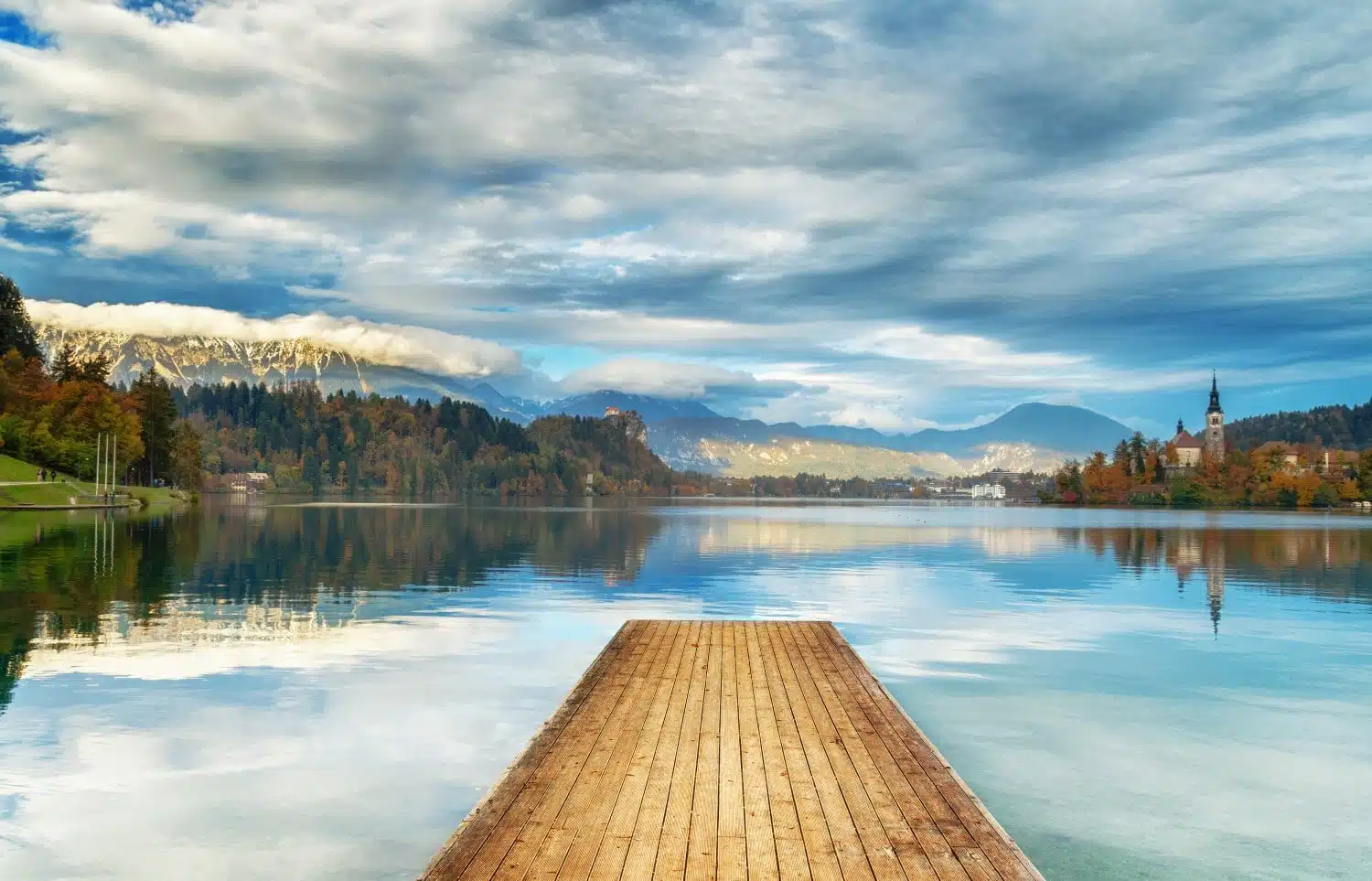
Slovenia’s Alps are something of a find in the region. There are the same beautiful, breathtaking sceneries, the crisp air and blue skies, the glacial lakes that mirror the landscapes above them.
What’s missing? The crowds you generally encounter in countries such as Switzerland or France. Travel to Slovenia is becoming increasingly popular but it’s still one of the quieter European destinations.
The Slovenian Alps are split into three regions: The Julian Alps, the Kamnik Savinja Alps and the Karavanke Alps.
Throughout the late spring to autumn months, these areas are dotted with mountain lodges open to visitors, which offer the perfect respite to hikers after a long day on their feet.
Why Hike in Slovenia?
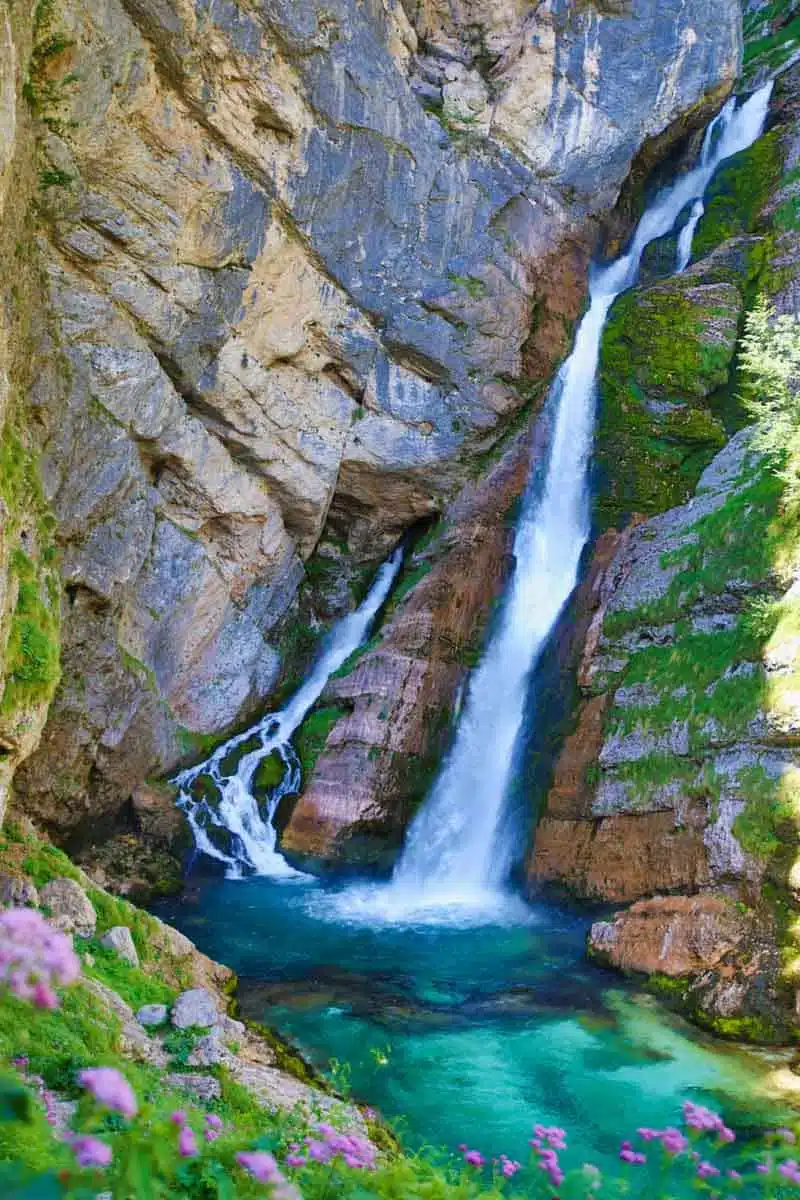
For a country that is the size of Massachusetts, the variety of landscapes and culture available when hiking in Slovenia is bound to impress even the most jaded of travellers.
You might also be tempted by the fact that a trip to Slovenia can be taken at a fraction of the cost of other European countries in the Alp zone.
This isn’t a case of cheap and cheerful, but rather the same emphasis on delicious food, comfortable accommodation and amenities but seriously good value.
The popularity of hiking with the locals and the tradition of public access to private land makes life very easy for hikers. The lack of obstacles such as blocked private territories means you can just focus on the important bit – soaking up the scenery as you explore the country.
Local tourist offices are a good source of information for maps and guides outlining smaller hiking and biking trails, or those particularly suited to your capabilities.
Hiking in Slovenia’s Alps isn’t only for hardcore addicts – the tourist offices are on hand to suggest less gruelling trails for those with children, huts for overnight stays, cross-border paths etc.
The Slovenian Alps are not as high as the ranges found in countries such as Switzerland, France and Italy. In Slovenia, the tallest peak Triglav, comes in at 2,864 metres and can be scaled by those with experience and with the help of a guide.
The lower altitudes also make for a pleasanter hiking experience as there is an abundance of plants and animals that are harder to find in other areas. If you’re lucky, you might even glimpse some of the local wildlife such as chamois, ibex and marmots.
Although the number of tourists visiting the area is on the increase, locals remain as friendly as ever. The farmers that call the mountains their home are hospitable and eager to give travellers advice about things to look out for along their way.
The Best Hiking Trails in Slovenia
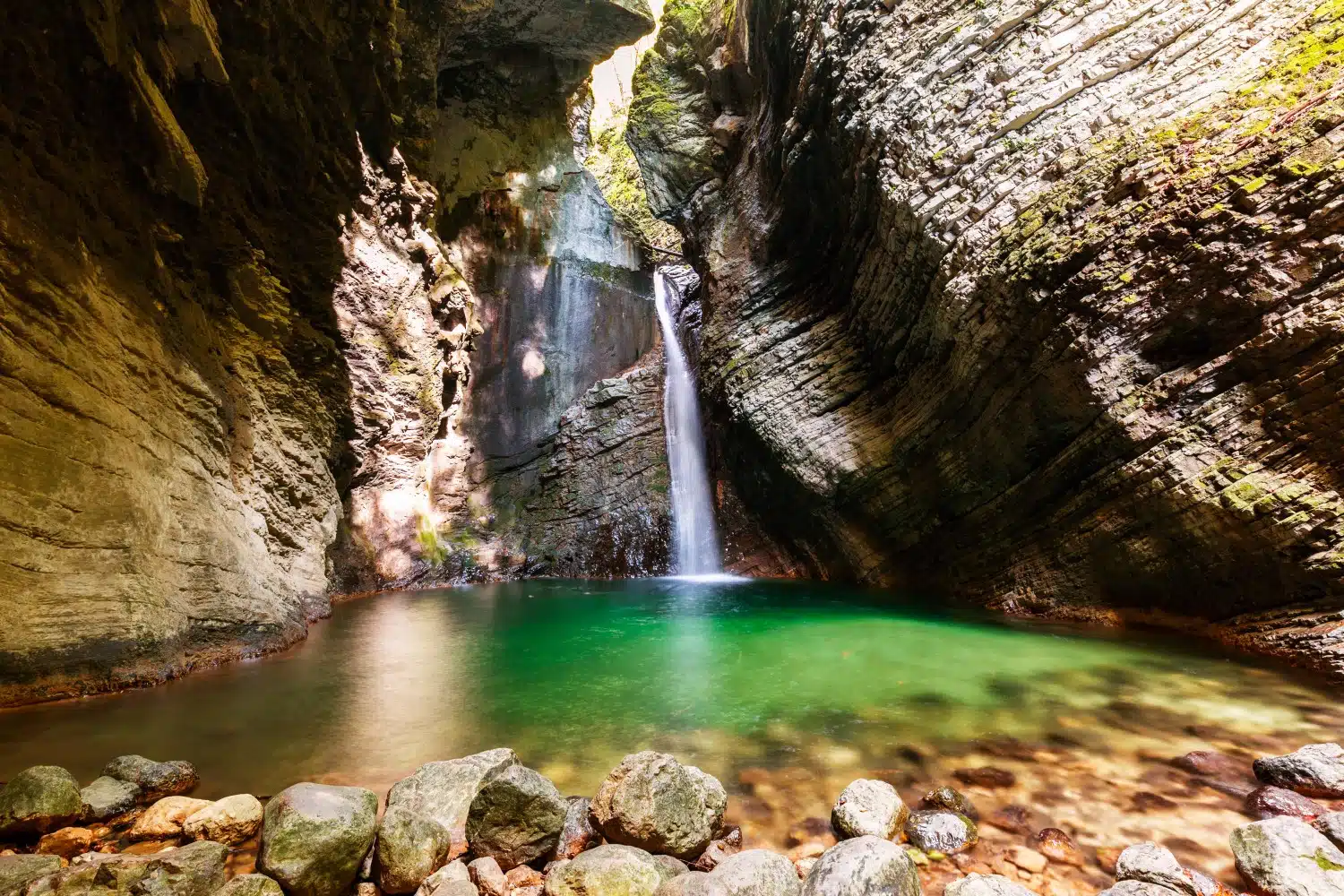
The abundance of trails winding their way throughout the country means you’re spoilt for choice when it comes to planning your itinerary.
Of the different trails on offer, The Slovenian Mountain Trail is the most popular with locals and foreigners alike. The trail leads from Maribor, scaling hills and mountains before ending up in the Adriatic Sea.
Hiking the full trail takes around 30 days, but it’s easy to pick and choose sections to complete on a trip according to your preferences.
While the trail isn’t solely an Alpine trail, it incorporates all three of the country’s Alpine ranges, in addition to several of the country’s other hills and lowlands such as the Pannonian Plains and the start of the equally impressive Dinaric Mountain range.
Names along the trail are an exotic enticement to action: they’re names waiting to be given meaning by discovery.
It starts with a hike across the Pohorje, moves through the high altitudes of the Alpine ranges, including Mount Triglav, to the Dinarics.
It follows the Dinarics south-east until it reaches the Karst Edge and Flysch slopes before ending at the coast in Ankaran. What better way to finish off your trail than with the traditional dip into the sea to end your journey?
The Via Alpina Trails
Via Alpina, the large transversal mountain trails that interconnect the eight different Alpine countries has two legs crossing Slovenia; the red trail and the purple trail.
The Slovenian part of the purple trail takes around seven days and is split into ten stages, working its way across the Kravanke, through Jezerko and into the Kamnik Savinja Alps before passing on to Austria.
As challenging and enjoyable as the Purple Trail is, it’s the Red Trail that embodies the soul of Slovenia for the first time visitor. Take in the panoramas of many of the country’s highlights and several different regions as you work your way through the 14 stages of the Red Trail.
It is a particularly beautiful trail, and offers hikers the chance to see Slovenia’s flora and fauna at its best.
Do
The trail takes around ten days, making its way through the Karst, Nanos, Soča valley, Cerkno Valley, Trnovo Forest, part of the Bohinj valley followed by the mountaintops of Kobilnik, Porezen and Črna prst.
Discovering Slovenian Karsts in Kras
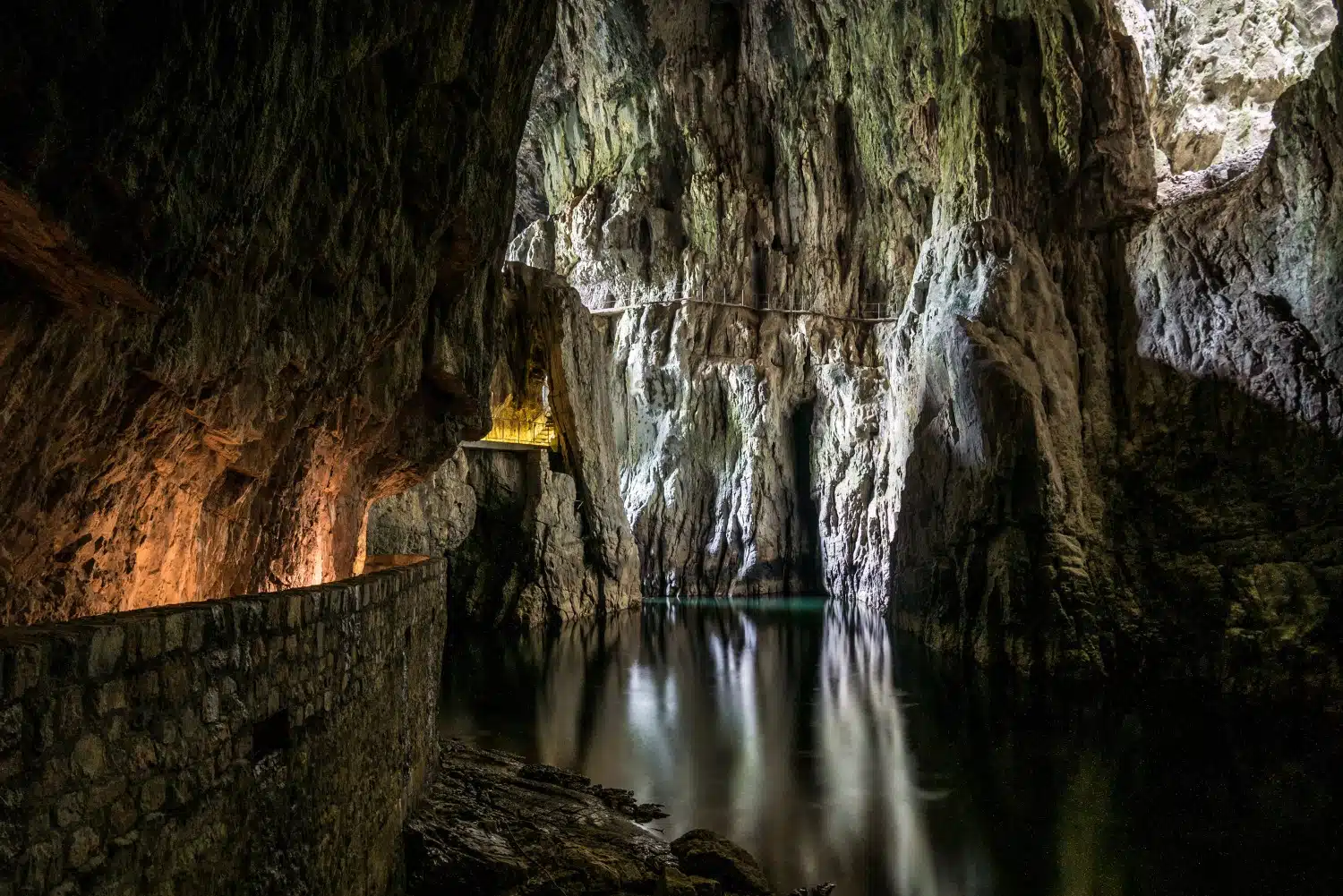
The Kras region is one of the country’s most famous areas and offers some spectacular treks. The region gives its name to Karsts, those unique limestone formations that can be found around the world.
There are over 7,500 karst caves in Slovenia, the majority of which are concentrated in this relatively small region due to its formation from porous limestone. The cave formations offer numerous caving and spelunking opportunities. Above ground you can still appreciate the dramatic scenery of cave openings, rivers that disappear into the ground and seemingly appear from nowhere.
Those that don’t have time to explore the area at their leisure shouldn’t miss the Skocjan Caves. The caves are a designated UNESCO world heritage site, and their shady coolness offers a welcome break from the hot sun on the trails.
Formed by the movements of the Reka river, the Skocjan Caves are a myriad of over 6,200 metres of passages, large underground chambers, ethereal underground waterfalls and huge stalagmites.
They descend to a depth of 200 metres underground where the Dead Lake is located.
If that’s not enough excitement, adrenaline junkies should stop off at another highlight on the Via Alpina Trail is Postojna, an outdoor sports and caving base.
Top Tip
Although you’ll invariably encounter smaller falls whilst on any Alpine path in the warmer months, the Pohorje Massif in the Central Alps contains an impressive series of falls, crowned by the Šumik waterfalls hidden in the forest.
Lake Bled
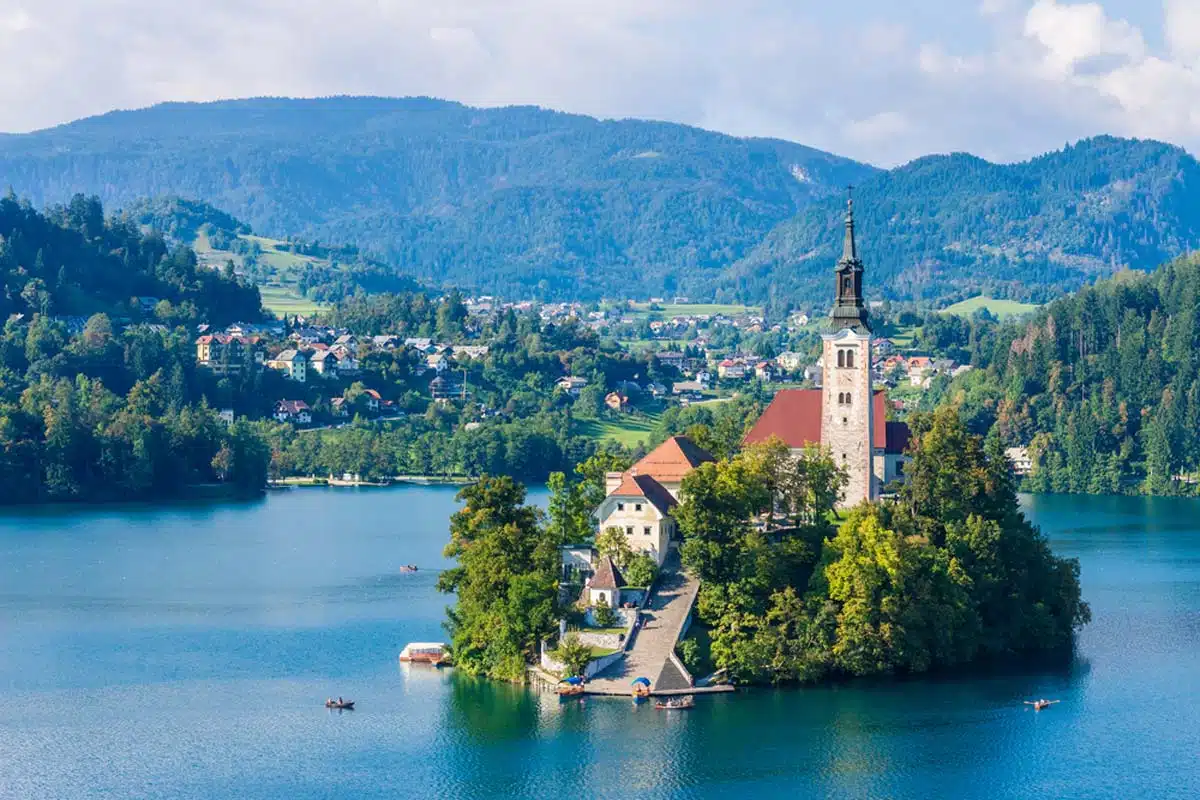
One of the most dramatic areas is centred on and around Lake Bled on the sunnier side of the Alps.
The lake spans almost 2 square kilometres, and features a small island in the middle of its waters. The thermal spring pools are particularly welcome for sore legs after a hard day’s walking.
If you still have the energy after tackling the best hikes in Lake Bled, Straža hill, adjacent to the lake offers one of the finest viewpoints of the lake and surrounding areas and is well worth the climb.
The Julian Alps
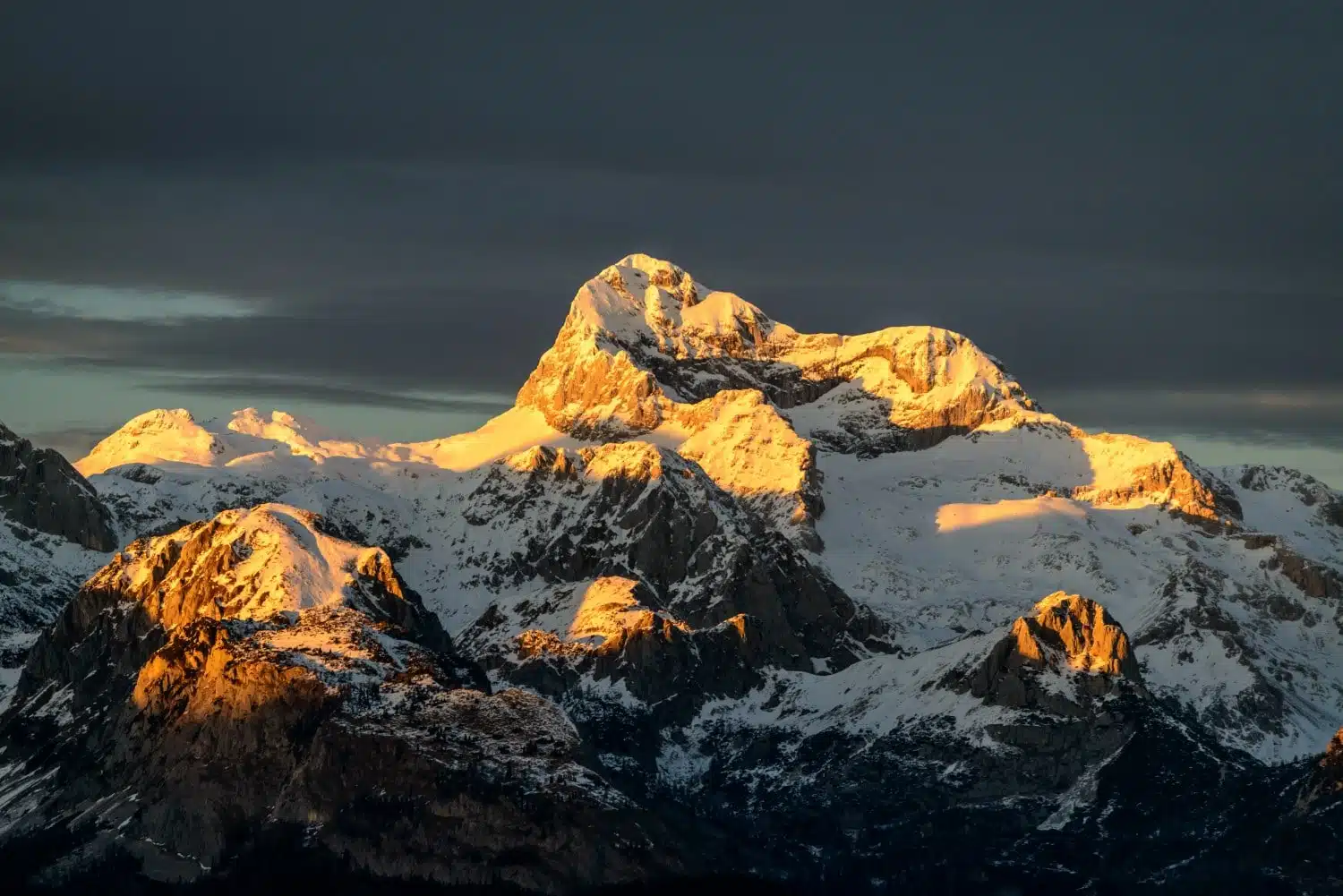
The Julian Alps are the southernmost tip of the Alpine range and hold some of the best scenery and walks in the country.
At the heart of the Alps stands Mount Triglav.
The name, meaning ‘three heads’ derives from the name of the Slavic goddess who was said to sit atop the mountain, which is the centrepiece of the Triglav National park.
Triglav is the country’s only national park and was one of the first in Europe. Covering a third of Slovenia’s landmass, it’s spread out over the majority of the Julian Alps, extending from the Italian border in the West to the Austrian border in the north.
Although the peak might not be incredibly large but it is still not for the fainthearted: negotiating the cables and footholds to the top isn’t a task for beginners.
Local lore says that in order to be a true Slovenian, you have to have climbed Mount Triglav. On the back of this, as well as the impressive views over most of Slovenia to the Adriatic Sea, the Grossglockner in Austria, the Dolomites in Italy and the Pohorje range Triglav is the one part on your trip where you might not find yourself alone as you scale to the top.
As The mountain isn’t on the Red Trail itself, so you will have to take a short detour if you want to tackle it.
Top Tip
There are several trails that lead to the top of the mountain, but it’s best to climb from the north when the southern descent into the Seven Lakes Valley is unforgettable.
The Soca Valley
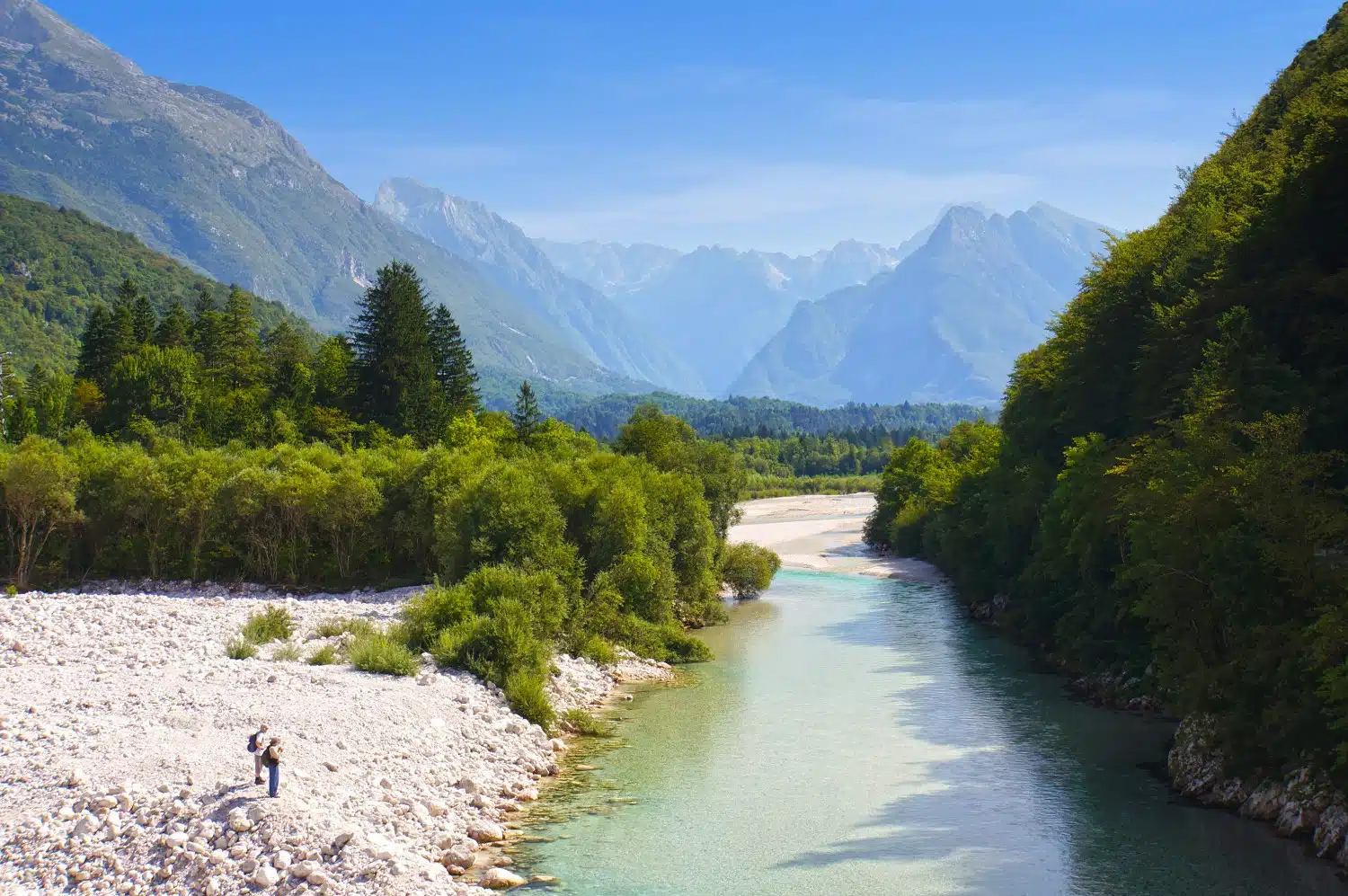
Another must see along the trail is the Soca Valley, the embodiment of quaint Slovenian life. The valley is home to a number of small villages that could easily be transferred onto a set of Heidi.
For centuries, the Soca River has provided the life force for these villages, and it now provides the ideal setting for outdoor pursuits such as white water rafting and canyoning.
Nestled amidst the Soca Valley, Kobarid is a great pitstop where you can relax for a few days in comfortable surroundings and immerse yourself in the friendly culture of this small town.
Stimulate your intellect with a visit to the small museum about the terrible loss of life in World War I’s Soca Front battle, famously recounted in Hemingway’s A Farewell to Arms.
Kobarid is also the perfect place to discover the essence of Slovenian food – both Topli Val and Hisa Franko restaurants offer gourmet cuisine at a fraction of the price it would cost over the border in Italy.
Seafood-heavy and with an emphasis on fresh local produce, they’re great for storing up on tasty fodder before you take to your feet again and move on to the challenges of the Karavanke Mountains towards Austria or start to look at the long road towards home.
Walking through the Alps, you’ll soon come to understand that exploring this area isn’t just about beautiful lakes and camera shots, it’s also a chance to understand into the history of an area that saw a lot of conflict throughout the twentieth century.
At certain points in the hikes, you’ll encounter reminders of this bygone era – between Postojna and the beginning of the Julian range there are remnants of the barbed wire fencing put up during bitter disputes about the frontiers of the two countries.
Top Tip
A few bunkers left by the Italians during World War I can also be seen dotted across the otherwise serene landscape.
Other Options
Other options for those with significant amounts of time present themselves in the form of the European Long Distance Paths E6 and E7 that run through the company.
E6 spans the country from north to south, forming the last section of the European long distance path and taking around 20 days to complete.
E7 on the other hand runs from west to east and takes around 30 days to complete before making its way on to Hungary.
Even better, just pick a trip – it doesn’t matter which one you choose, once you finish it you’ll be back to try the others sooner or later.
Love This? Save and Share on Pinterest
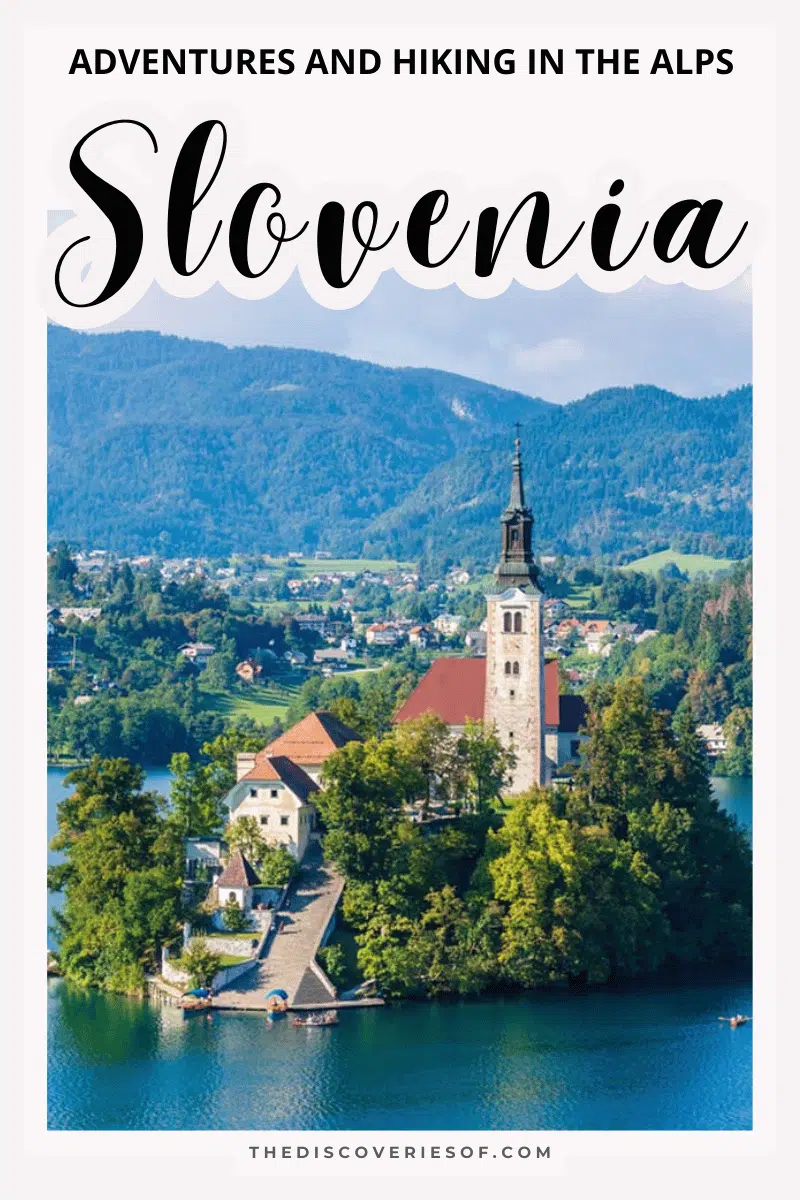
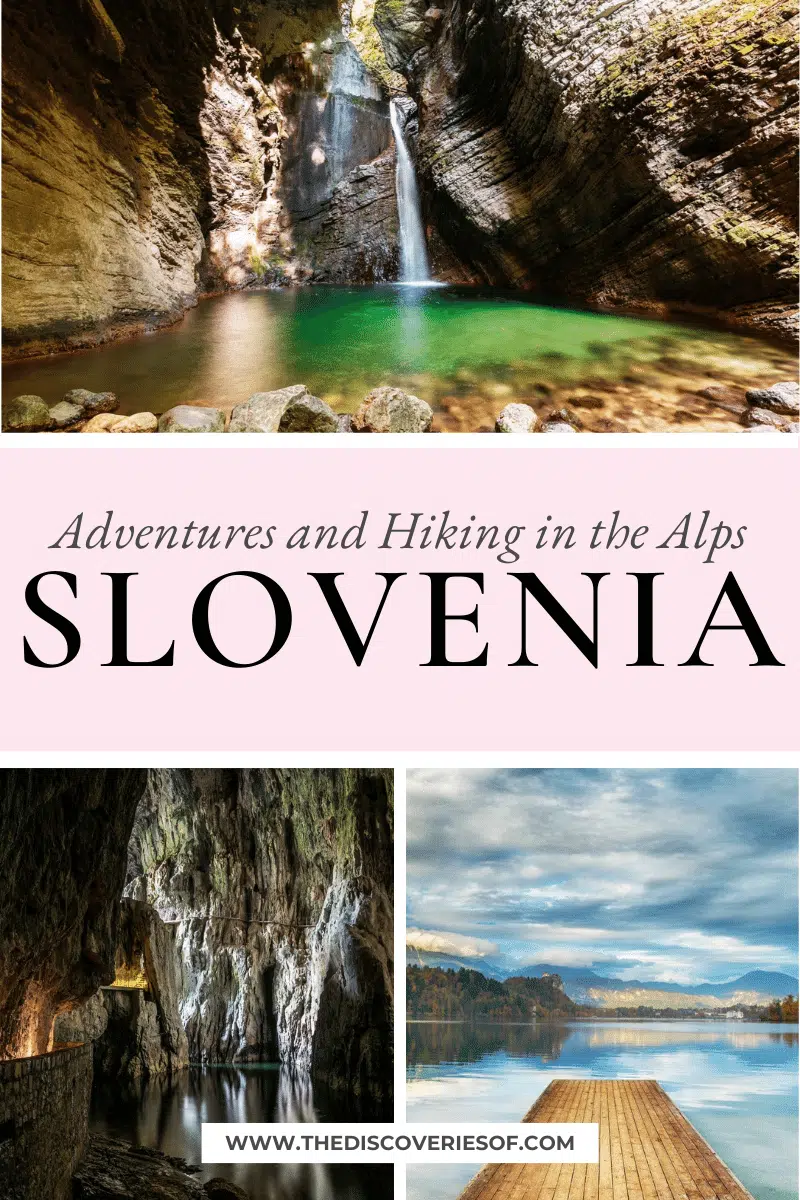

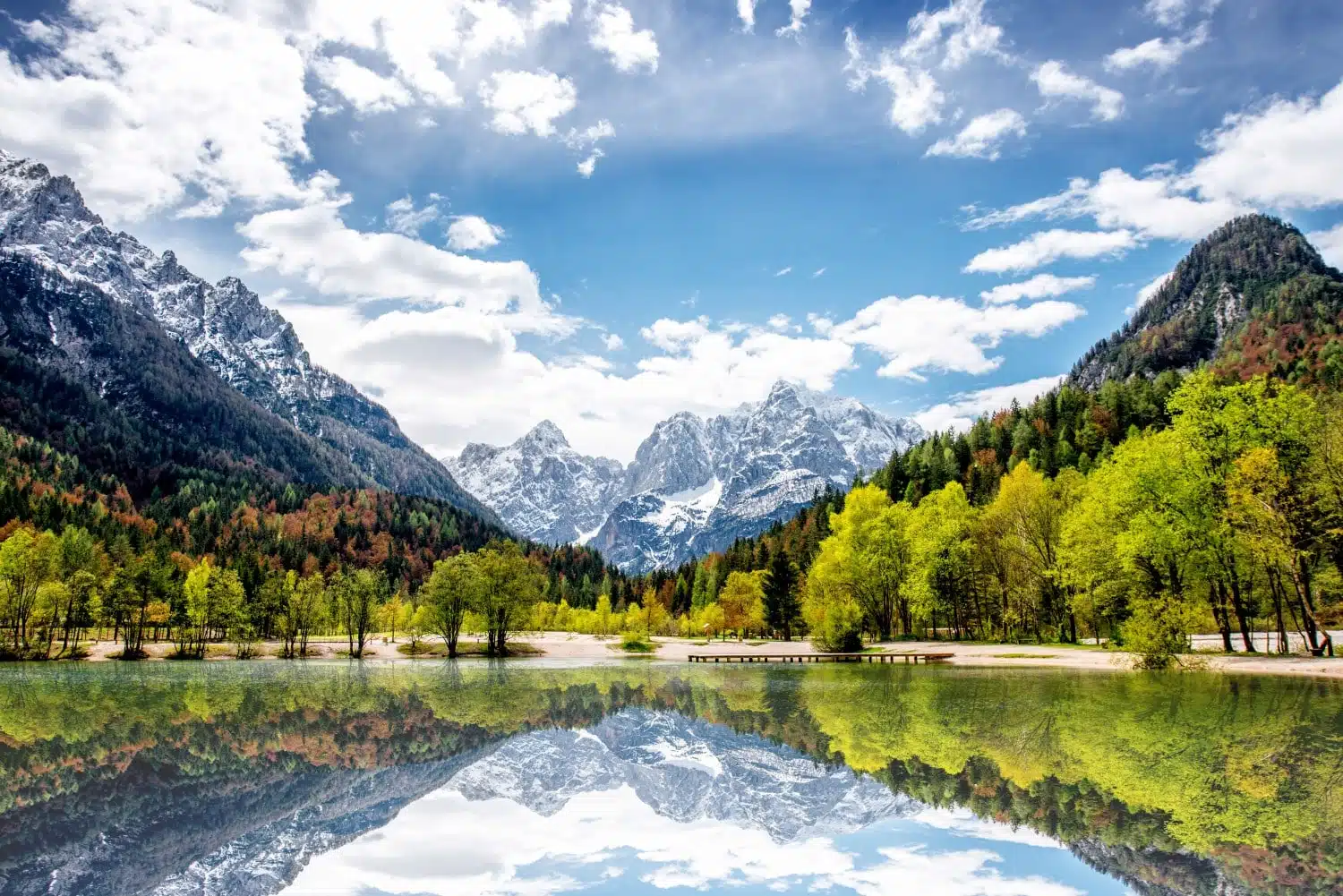
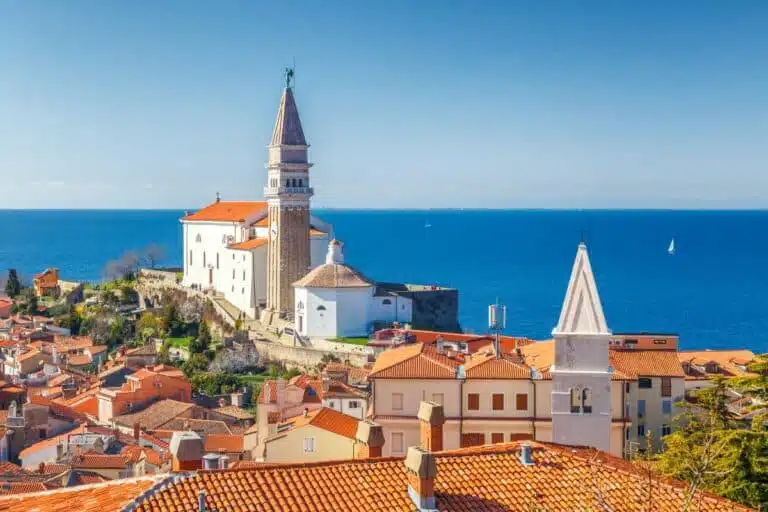
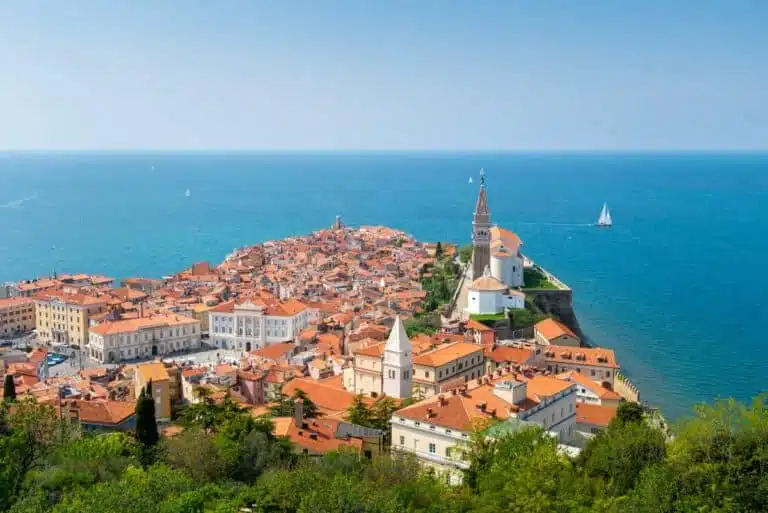
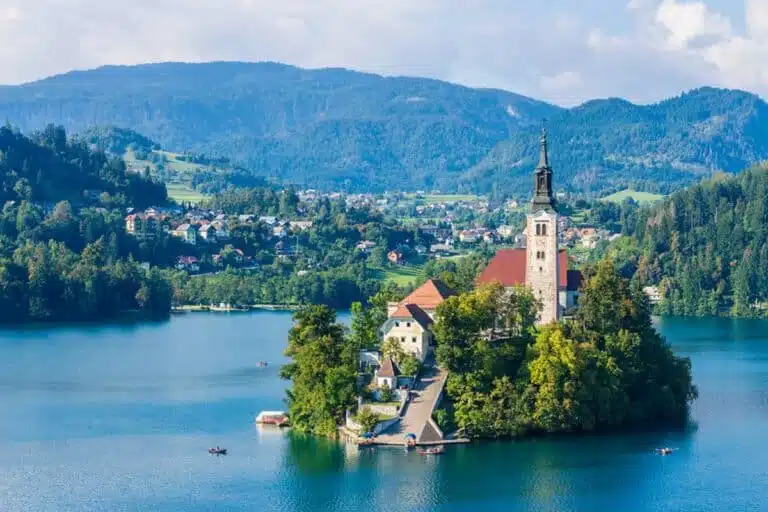
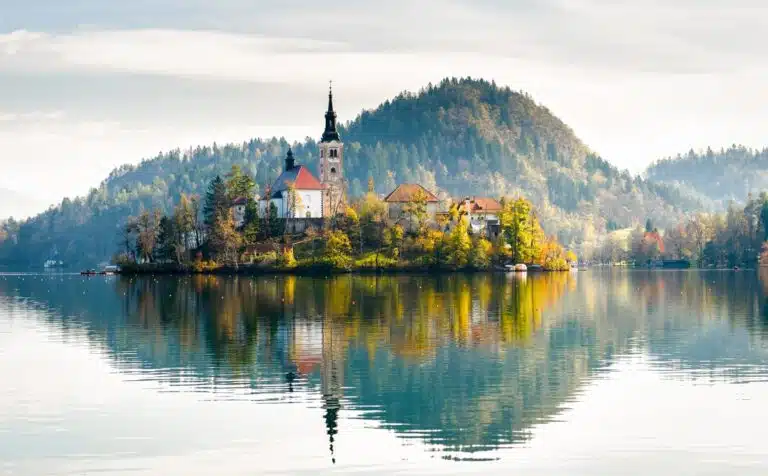

Beautiful post and pics!
http://www.mayochup.co.uk
Gorgeous photos! We’ve been to Lake Bled in the winter but this post may have bumped Slovenia back into a top contender for a summer trip. Shared on Pinterest and StumbleUpon 🙂
Thank you Jennifer – so glad to hear! Thank you for sharing too 🙂